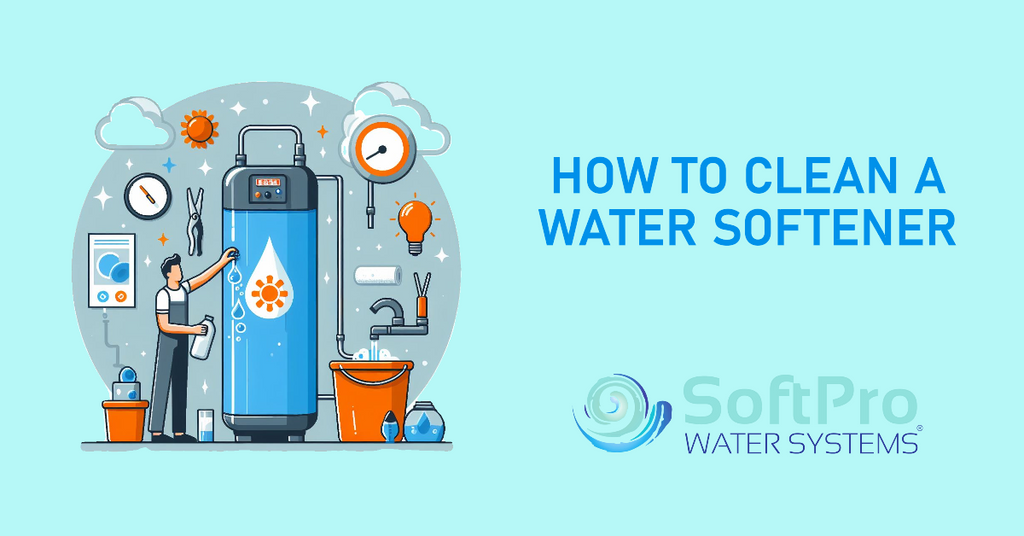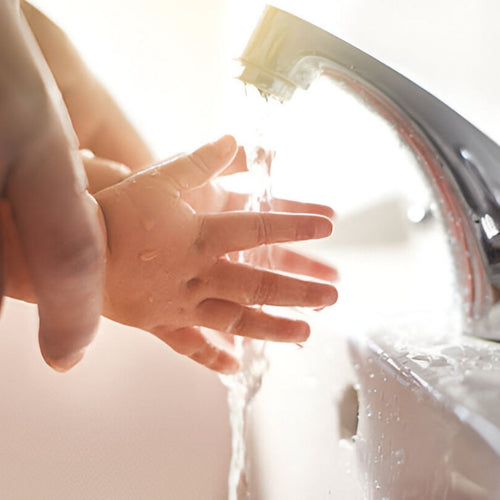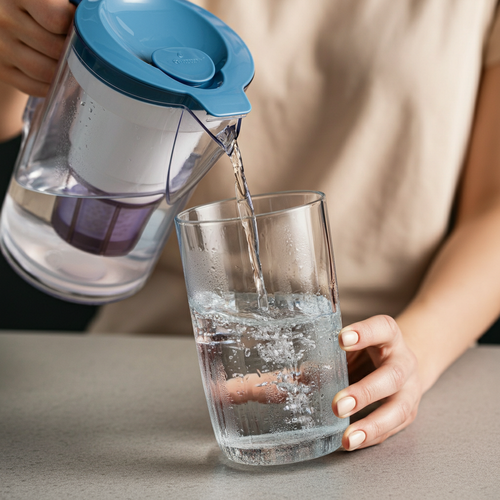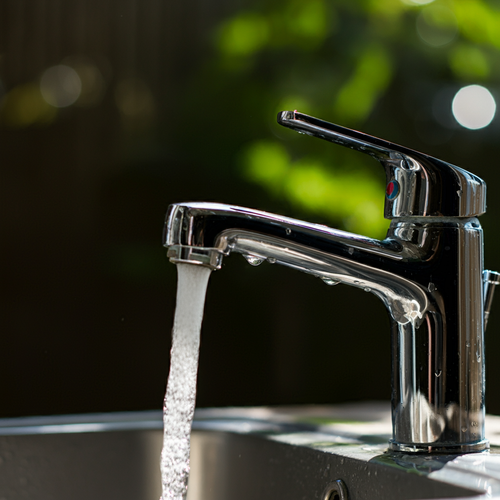Hard water causing problems in your home? Is your water softener not performing as well as it used to? A thorough cleaning could be the solution. A water softener works hard to remove excess calcium and magnesium, but over time the system can become clogged with mineral buildup, salt bridges, and iron deposits. Regular cleaning is essential for long-term performance and the overall health of your plumbing system.
Understanding Your Water Softener
Before we dive into cleaning, let's cover the basic components of a water softener:
- Brine Tank: Holds the salt used to regenerate the resin.
- Resin Tank: Contains the resin beads responsible for removing hardness minerals.
- Control Valve: Regulates the system's regeneration cycles.
Benefits of a Clean Water Softener
- Restored Efficiency: Ensures optimal salt and water usage, saving you money.
- Improved Water Quality: Eliminates hard water symptoms like spotty dishes and dry skin.
- Prevents System Damage: Prolongs the lifespan of your water softener and appliances.
When to Clean Your Water Softener
While annual cleaning is a good rule of thumb, here are signs that indicate it's time:
- Decreased Water Pressure: Clogged components can hinder water flow.
- Hard Water Symptoms Return: Spotty dishes, dry skin, less lather from soaps.
- Salt Bridges in Brine Tank: Hardened salt crust prevents proper salt dissolution during regeneration.
- Frequent Regeneration Cycles: An inefficient system may regenerate too often.
Step-by-Step Cleaning
-
Preparation:
- Turn off the water supply to the softener.
- Bypass the system.
- Disconnect any hoses and tubing from the brine tank.
- Unplug the power supply.
-
Clean the Brine Tank:
- Remove remaining salt and drain existing water.
- Use a mild dish soap solution and a scrub brush to thoroughly clean the interior and brine well.
- Rinse thoroughly with clean water.
-
Address Salt Bridges:
- Use a broom handle or similar object to break up any hardened salt.
- Be careful not to damage the brine tank.
-
Clean the Resin (Optional):
- For severe buildup or iron staining, use a commercial resin cleaner like Iron Out or ResCare. Consult your softener's manual for compatibility.
- Pour the cleaner into the brine well according to product directions.
-
Manual Regeneration:
- Reconnect your softener, restore power, and turn the water supply back on.
- Initiate a manual regeneration cycle to flush out any remaining debris.
Preventing Future Buildup
- Use High-Quality Salt: Evaporated salt pellets are the preferred choice to minimize impurities that cause buildup.
- Inspect Regularly: Check salt levels and look for signs of salt bridges during routine refills.
- Professional Maintenance: Consider an annual inspection and cleaning by a qualified water treatment professional.
FAQs:
Is it safe to clean my water softener myself?
Yes, cleaning your water softener is a relatively straightforward DIY task for most homeowners. Follow the steps outlined in reputable guides, use caution when handling the brine tank, and refer to your softener's manual for specific instructions.
How often should I clean my water softener?
Aim for cleaning your water softener annually. However, if you have particularly hard water or notice signs of mineral buildup, cleaning it more frequently may be necessary.
Are there signs that indicate my water softener needs cleaning?
Definitely! Decreased water pressure, the return of hard water symptoms (e.g., spotty dishes, dry skin), salt bridges in the brine tank, and frequent regeneration cycles all signal that it's time for a cleaning.
Can I prevent buildup in my water softener?
Yes! Using high-quality evaporated salt pellets, regularly checking the salt level in the brine tank, and scheduling professional maintenance can help minimize buildup and ensure your water softener operates efficiently.
Summary & Key Takeaways
While the primary focus was on cleaning a water softener, other facets of water treatment surfaced during the research. A well-maintained water softener system is often part of a broader strategy to combat the effects of hard water. Consider addressing iron levels in your water supply as iron can significantly reduce the lifespan of your softener. Point-of-use water filters provide additional protection for specific appliances and fixtures, reducing limescale buildup. For optimal water quality, comprehensive testing can offer valuable insights and help you determine the best solutions for your home.
Key Takeaways:
| Key Takeaway | Benefit |
|---|---|
| Regular Cleaning is Essential | Ensures efficient operation, prolongs system life |
| Salt Quality Matters | Use high-quality salt to minimize buildup |
| Consider Iron Removal | Protects your softener, prevents appliance damage |
| Professional Maintenance | Recommended for complex issues or annual service |
Ready to say goodbye to the frustrations of hard water?
Visit SoftPro Water Systems (https://www.softprowatersystems.com/) for a personalized assessment of your water quality and tailored water softening solutions. Experience the difference soft water makes!


















![Aldex Premium 10% Cross Link Resin for Water Softener [High Capacity]-SoftPro® Water Systems](http://www.softprowatersystems.com/cdn/shop/files/Aldex_10_Cross_Link_Resin_Premium_High_Capacity_for_Water_Softener_600x.jpg?v=1735853599)





















